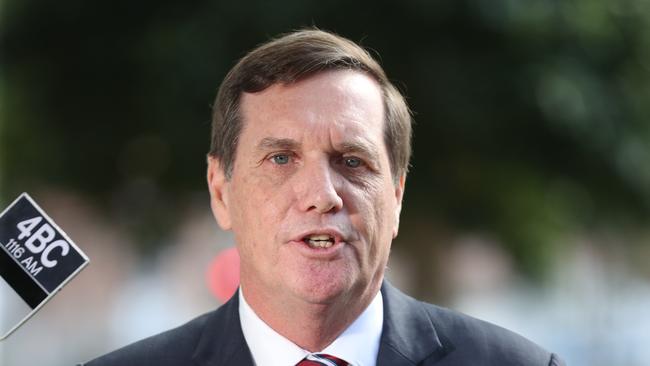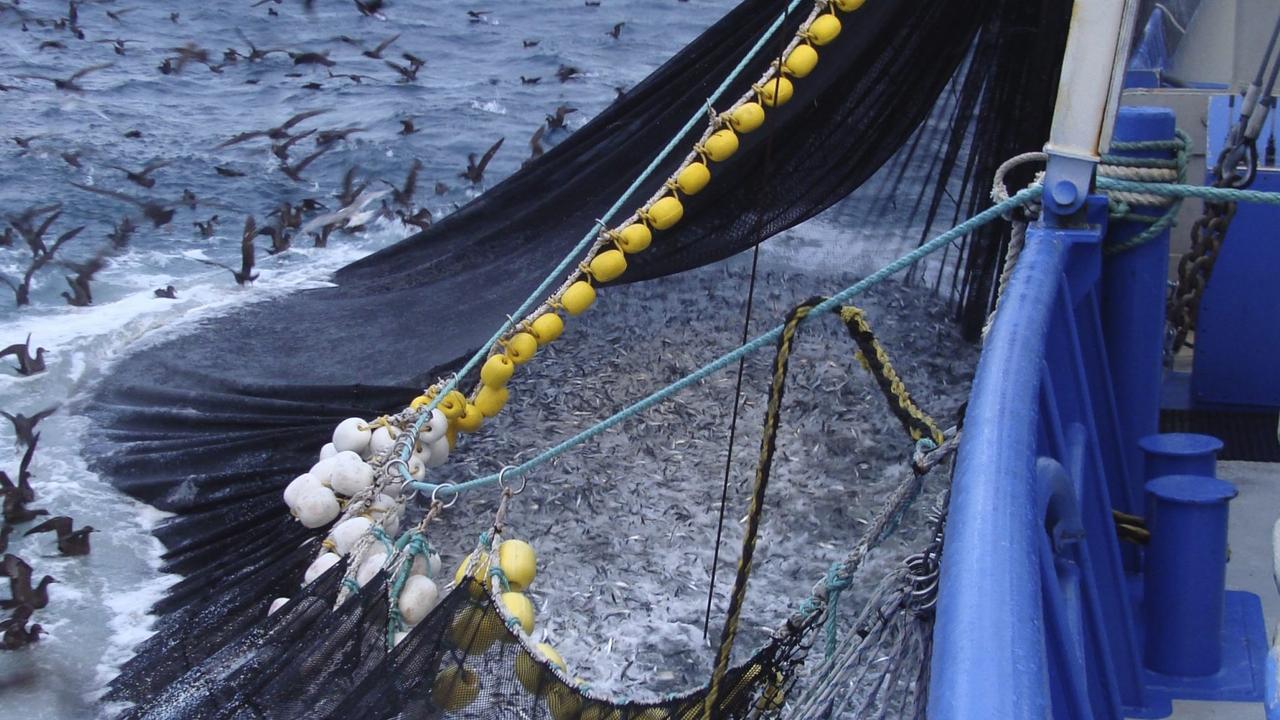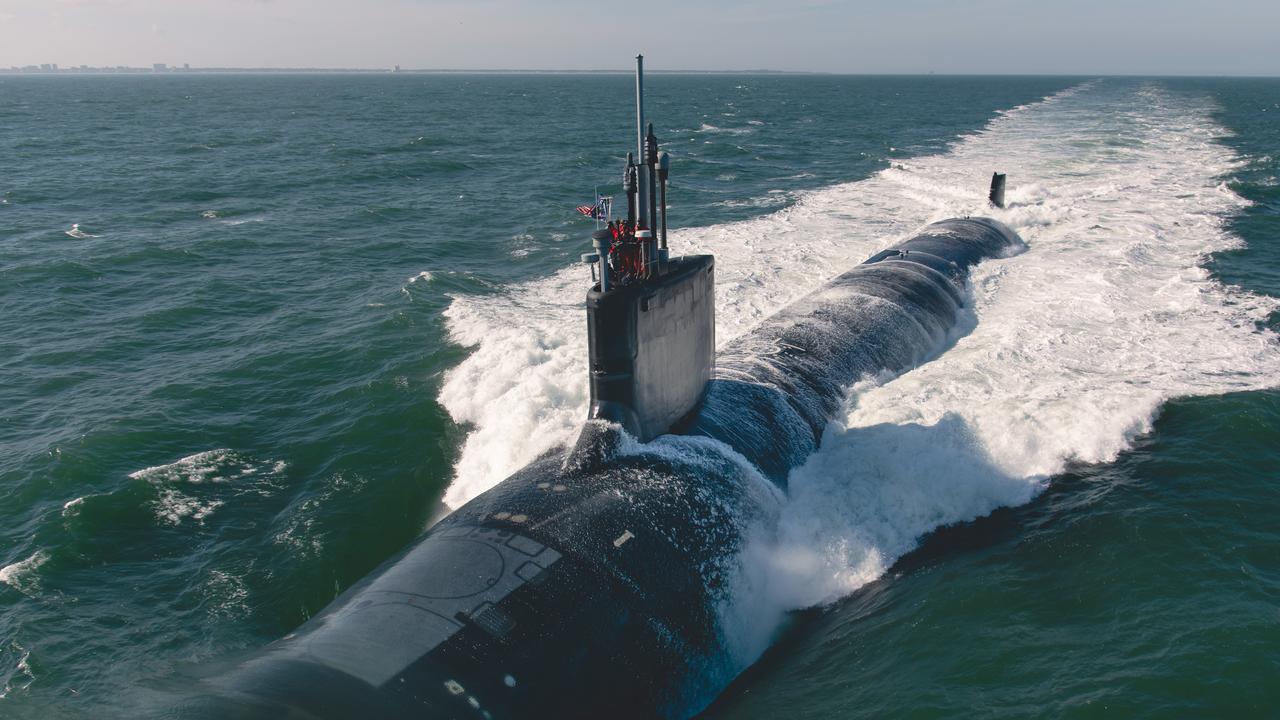Queensland mining health and safety committee in hiatus over ‘gender imbalance’
Mine safety committee went into hiatus because it didn’t have the right ‘gender representation’.

A Queensland government mine safety committee was forced into hiatus for nearly four months because it didn’t have the right “gender representation,” during a spate of six mining deaths in the state.
Queensland Mines Minister Anthony Lynham today confirmed the committee — which has representatives from the government mines inspectorate, the Queensland Resources Council, and relevant unions — would be re-established this week.
The committee has not met since March 20, but had to cancel its June meeting, The Australian understands.
“The committee has to be, certain representation has to be made in the committee, you have to make sure of gender representation is respected,” Dr Lynham said.
“Because of the significance of the appointments, that has been difficult, so the committee has been reestablished just recently.”
There have been six mining and quarry worker deaths in Queensland in the past 12 months, including four in the past six months. There have been two deaths since the mining safety committee last met in March. Most recently, a 27-year-old mine worker died at Baralaba in central Queensland on Sunday.
At his press conference this morning, Dr Lynham misspoke and said the committee had not sat at all this year. However, his office later clarified that the committee had met in March for two days.
Dr Lynham will meet with unions and the industry in Brisbane this afternoon, in light of the fatalities.
Liberal National Party Opposition leader Deb Frecklington called for a parliamentary investigation into mining safety in light of the recent deaths. Ms Frecklington said the disbanding of the mining safety advisory committee also needed to be probed.
“That needs to be investigated, along with reports the mines budget has been cut and why we have gone from two chief inspectors to one,” Ms Frecklington said.
“It’s crucial Queensland learns lessons from these tragedies to ensure our mines are safe.”
Queensland Resources Council boss Ian Macfarlane said the QRC had supplied its nominations for committee members, including two women, to the government six months ago.
“I’m not sure why that committee is not operating; we have asked that that committee start operating,” Mr Macfarlane said.
“We want to be doing everything we can … every committee makes a meaningful difference.”
Just hours after the fatality at Baralaba North, a man fell about 10 metres from a platform at Glencore’s Collinsville Coal Mine. Minerals Council of Australia chief executive Tania Constable extended her sincere sympathy to family, friends and colleagues of the Baralaba miner who died yesterday and the Collinsville miner injured this morning.
“Australia’s minerals industry’s number one value and commitment is the safety and health of the workforce, where everyone who goes to work in the industry returns home safely,’’ Ms Constable said. “The loss of life in Australian mining is unacceptable.’’
She said the minerals industry would work harder to become fatality and injury free.
“Clearly even greater effort is needed based on leadership, systems, people, culture and behaviour,’’ Ms Constable said.
CFMEU Queensland mining and energy president Steve Smyth has called for the mining industry to be shut down for at least 24 hours for a “major reset”.
“It means stopping every operation for a period of 24 hours, sitting down with your workers and engaging them around what’s going on with your mine site,” Mr Smyth said.
“I don’t know how many fatalities or major accidents we need to have before industry and the regulators take real action. It’s trending in a really, really concerning way.”



